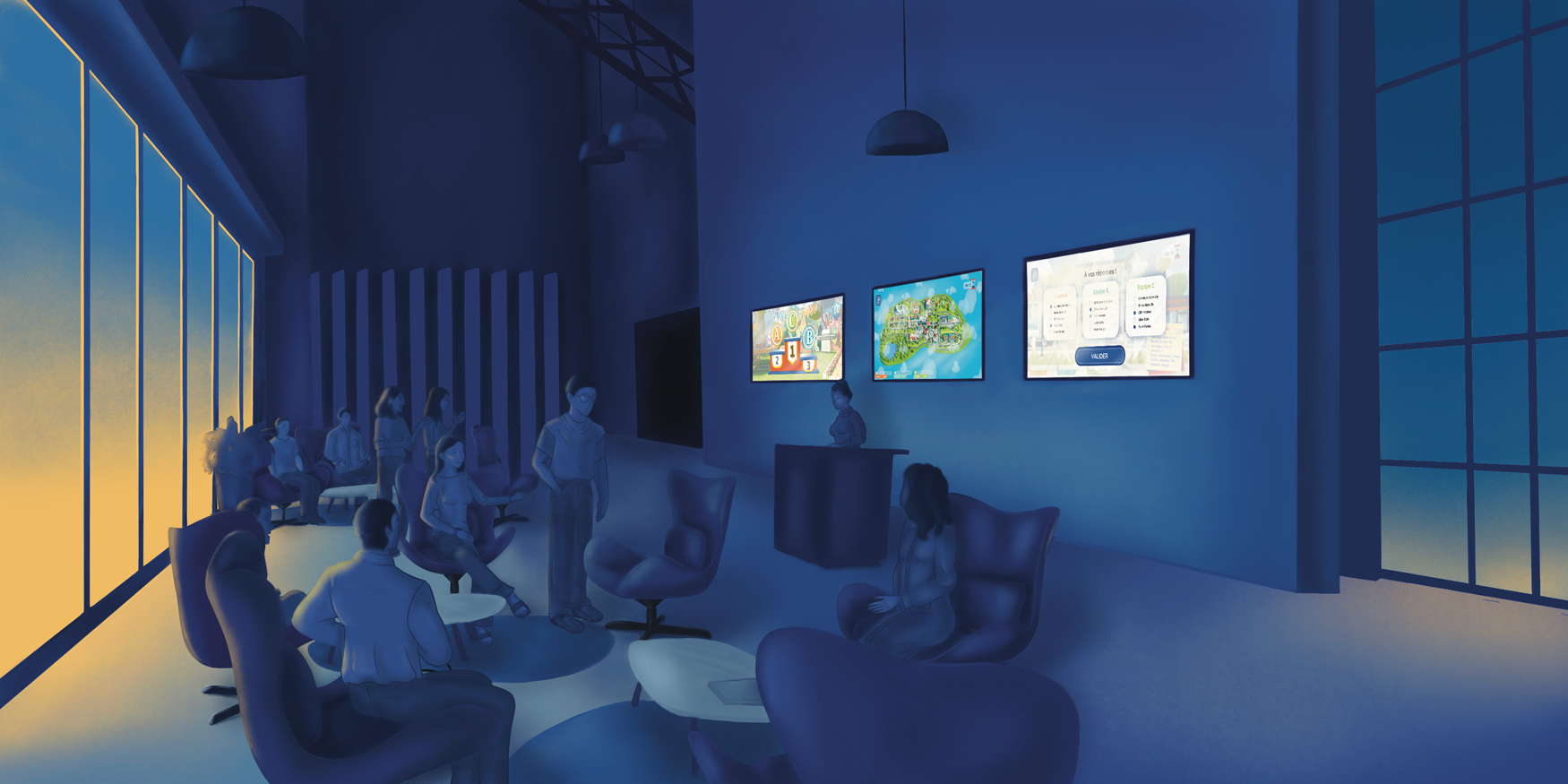
Why Classroom Training Is Essential for Complex Corporate Learning Goals

In today’s fast-paced corporate landscape, where eLearning and virtual platforms dominate, one training format remains indispensable: classroom-based, instructor-led training. This method provides a structured environment for face-to-face instruction, where employees can engage directly with instructors, participate in hands-on activities, and collaborate with peers. While digital tools like mobile learning and microlearning have revolutionized corporate learning and development (L&D), classroom training retains its pivotal role when tackling complex learning goals.
Here’s why classroom training continues to be a cornerstone of effective corporate learning strategies and how leading organizations use this approach to upskill their teams.
The Strength of Classroom-Based, Instructor-Led Training
Instructor-led training (ILT) thrives in scenarios where learners must acquire intricate knowledge or master skills that require interaction and feedback. The physical presence of an instructor facilitates live demonstrations, role-play exercises, and discussions, offering real-time clarification for any questions. This personalized approach fosters deep understanding, particularly for complex subjects that demand more than self-paced learning.
When Is Classroom Training the Best Option?
Organizations often turn to ILT for:
- Complex Subject Matter: Employees can ask questions and receive immediate, tailored answers.
- Team Learning: Face-to-face settings enable teams to bond, share ideas, and solve problems collaboratively.
- Hands-On Practice: Classroom training often includes demonstrations, role-playing, and group discussions to enhance retention.
- Mentoring Opportunities: Instructors can guide employees, provide feedback, and encourage participation in a dynamic way.
Blended Learning for Flexibility and Engagement
While traditional ILT remains critical, pairing it with digital tools like eLearning and mobile learning creates a blended learning approach. This combination offers flexibility and accessibility, enabling learners to revisit concepts outside of the classroom. When designed effectively, it maximizes recall and enhances the overall learning experience.
Case Study: Carrefour’s Gamified Classroom Training for Digital Upskilling
Carrefour, one of the largest global retail chains, recognized the need to equip its 150,000 employees with digital skills to stay competitive in an evolving retail environment. To achieve this, Carrefour introduced a classroom-based gamified learning solution that blended hands-on practice with engaging, team-based activities.
- For Store and Warehouse Employees: Training sessions were held face-to-face in groups of 10-25 employees, creating a unified learning experience. Each group was split into teams, fostering collaboration and friendly competition.
- Gamified Learning: Employees participated in a 3D serious game designed to build awareness of digital tools and e-commerce strategies. Points were awarded for team performance, and leaderboards encouraged active participation.
- Efficient Execution: Each session lasted one hour and was led by a Game Master, enabling up to six sessions per day. This structure ensured scalability across multiple locations.
By combining instructor-led workshops with gamified elements, Carrefour created an engaging environment where employees learned collaboratively. This approach not only strengthened employees’ digital proficiency but also aligned with the company’s broader L&D strategy to foster teamwork and adaptability.
To learn more, explore our Carrefour case study.
Case Study: Leading Luxury Maison’s CSR Gamified Training
A renowned luxury brand sought to educate its employees on corporate social responsibility (CSR), focusing on sustainability, diversity, and their carbon footprint. Given the complexity of the subject and the need to reinforce brand identity, they chose a classroom-based gamified training program to deliver this essential knowledge.
- Immersive 3D World: Employees explored a virtual environment that reflected the brand’s core values, craftsmanship, and history.
- Live Leaderboards: A point-based system kept employees engaged, while live leaderboards encouraged healthy competition.
- Hybrid Approach: While the training included digital components, it was primarily delivered in a classroom setting. This format allowed instructors to guide discussions, provide feedback, and connect the training to the brand’s legacy.
This hybrid approach ensured that employees left the training not only knowledgeable but also deeply connected to the brand’s mission. The interactive and team-oriented format proved critical in fostering a lasting understanding of CSR principles.
Discover more about our hybrid/classroom training formats.

Benefits of Instructor-Led Training for Corporate Learning
Organizations that prioritize classroom-based training for complex learning goals reap significant benefits:
1. Increased Engagement
ILT provides a dynamic learning environment where employees can interact with instructors and peers. Techniques like role-playing and group discussions make sessions interactive and memorable.
2. Immediate Feedback
Instructors can address questions in real-time, ensuring that learners leave with a clear understanding of the material.
3. Hands-On Practice
From simulations to mentoring sessions, classroom training allows employees to practice skills in a controlled, supportive environment.
4. Enhanced Collaboration
Learning in teams fosters communication, problem-solving, and trust among employees, strengthening workplace relationships.
The Future of Classroom Training in L&D
While technology continues to reshape corporate training, classroom-based learning remains irreplaceable for complex subjects that require hands-on practice, collaboration, and instructor guidance. By blending traditional methods with digital tools, companies can create comprehensive learning experiences that maximize engagement and retention.
Ready to Elevate Your Training Strategy?
Instructor-led training remains a cornerstone of corporate learning, especially for complex goals that demand direct interaction and collaboration. By incorporating gamification, blended learning, and real-world practice, your organization can create transformative learning experiences.
Contact us today to learn how classroom-based training can support your corporate learning goals and drive measurable results.
Discover


Book A Demo
Get a personalized demonstration by one of our game design experts.


